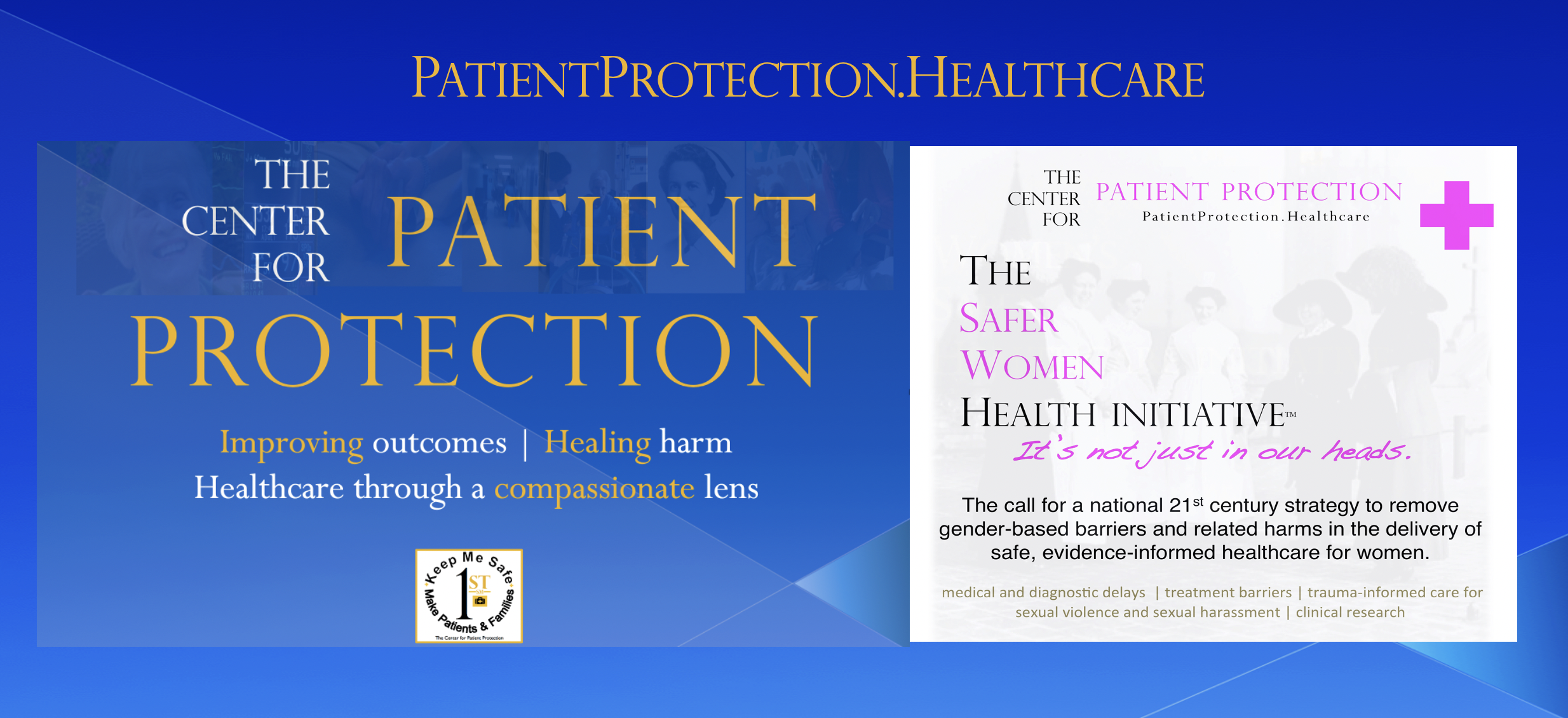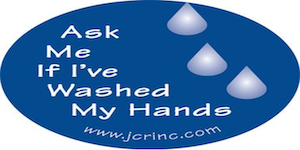- Home
- Touchstones for Patient Safety and Family Well-Being
- Hand Washing Isn't Just for Kids
The single most important step healthcare workers can take to protect patients and themselves is washing their hands before and after every patient-related contact. So why do many fail to comply?
You wouldn’t want to eat at a restaurant where kitchen staff and servers didn’t wash their hands. You wouldn’t exposure your family to a place where lack of basic hygiene risked making them. If it came to light that this was a continuing problem, that restaurant would soon be out of business. You’d never tolerate the excuse “We’re only human.”
But that’s exactly what’s happening in thousands of hospitals in the U.S. and Canada, where lack of compliance with required safety protocols is making patients sicker.
Hospital-acquired infections never send a calling card before they show up in a patient’s room. But patients and families will always know after they’ve arrived.
Each year, one million patients in the U.S. and Canada will get an infection, such as Clostridium difficile (C. difficile) or ventilator-associated pneumonia, while they’re in the hospital. At least eighty-five thousand will die. Every year.
Hospital-acquired infections never send a calling card before they show up in a patient’s room. But patients and families will always know after they’ve arrived.
Hand hygiene is recognized as one of the most effective strategies for reducing hospital-acquired infections. For decades, patient safety advocates have been waging a campaign to get healthcare workers to wash their hands. Millions of dollars have been spent on conferences, videos, research papers, buttons and posters.
Still, in many hospitals voluntary compliance falls far short of where it needs to be, even when it is self-reported without any independent verification. At Toronto’s famed St. Michael’s Hospital, for instance, administrators report that hand washing before patient contact happens only 55.5 percent of the time. And that’s at a major surgery centre.
There are technologies available that can scan when a healthcare worker sanitizes his or her hands before and after patient contact. Some hospitals use cameras to monitor and report hand washing compliance. But too many leave it to chance. The time has come to get beyond pleading and proselytizing.
Zero tolerance for not complying should be the norm. Hospitals that don’t live up to the highest standards of compliance — standards that need to be subject to periodic independent human and electronic audits — should face financial penalties.
Hand Hygiene Basics
Excerpt from the Centers for Disease Control and Prevention (CDC)
In the United States, hospital patients get an estimated 722,000 infections each year. That’s about 1 infection for every 25 patients. Infections that patients get in the hospital can be life-threatening and hard to treat. Hand hygiene is one of the most important ways to prevent the spread of infections.
Healthcare providers should practice hand hygiene at key points in time to disrupt the transmission of microorganisms to patients including: before patient contact; after contact with blood, body fluids, or contaminated surfaces (even if gloves are worn); before invasive procedures; and after removing gloves (wearing gloves is not enough to prevent the transmission of pathogens in healthcare settings). For a full list of hand hygiene indications, please see the recommendations in the Hand Hygiene Guideline ![]() .
.
Patients and their loved ones can play a role in helping to prevent infections by practicing hand hygiene themselves as well as asking or reminding their healthcare providers to perform hand hygiene.
A few years ago, Long Island’s North Shore University Hospital had a dismal compliance rate with hand washing—under 10%. After installing cameras at hand-washing stations, compliance rose to over 90% and stayed there.
–From an Article in the Wall Street Journal by Dr. Marty Makary

